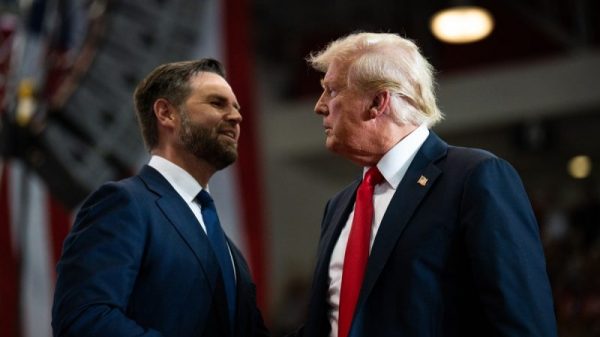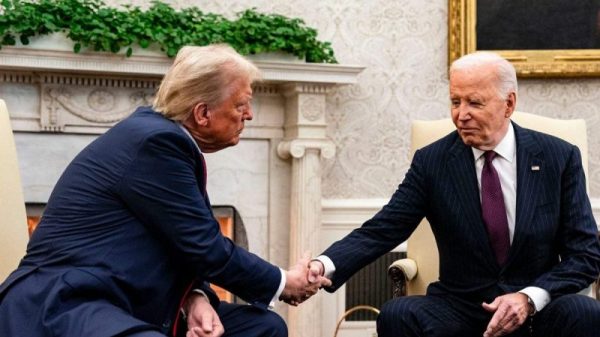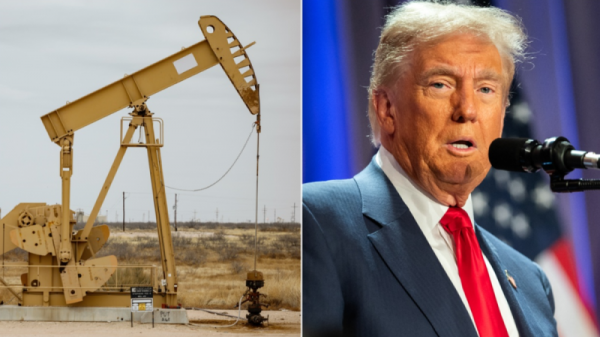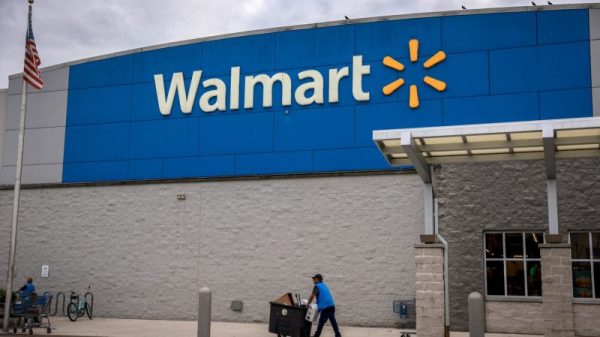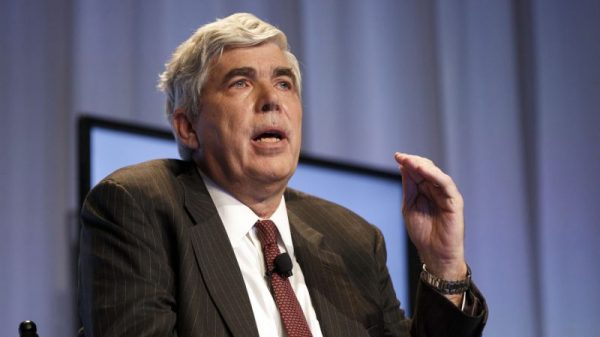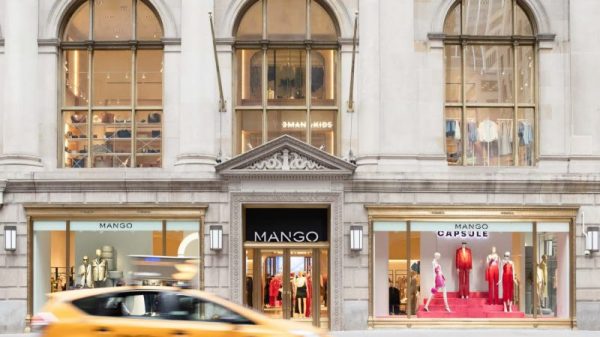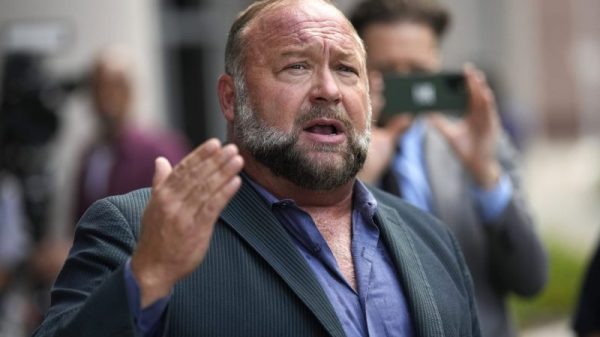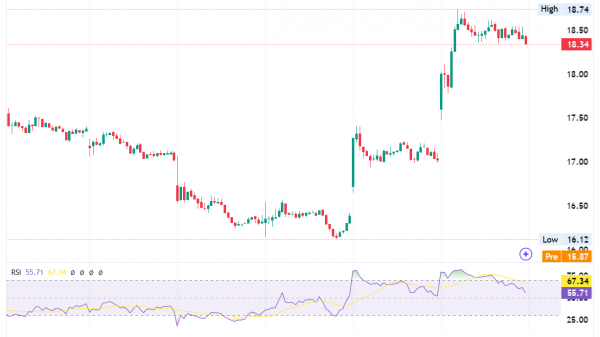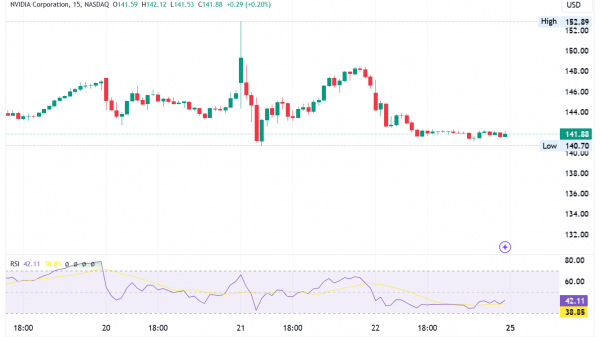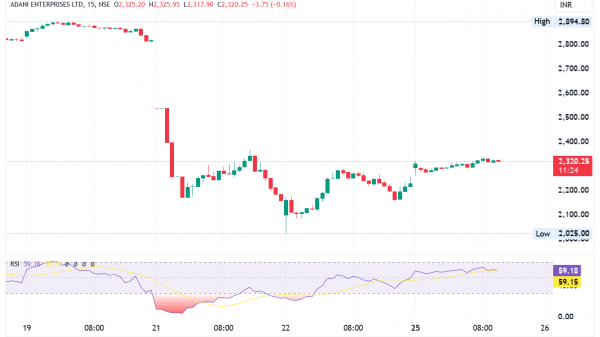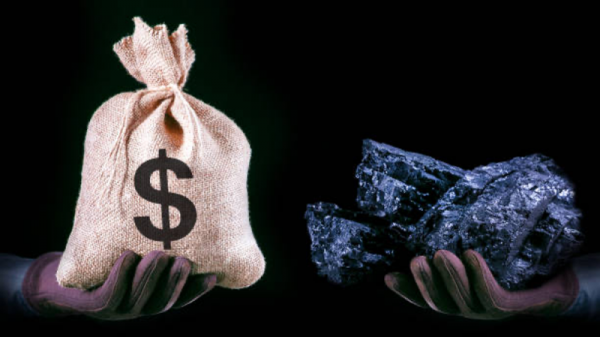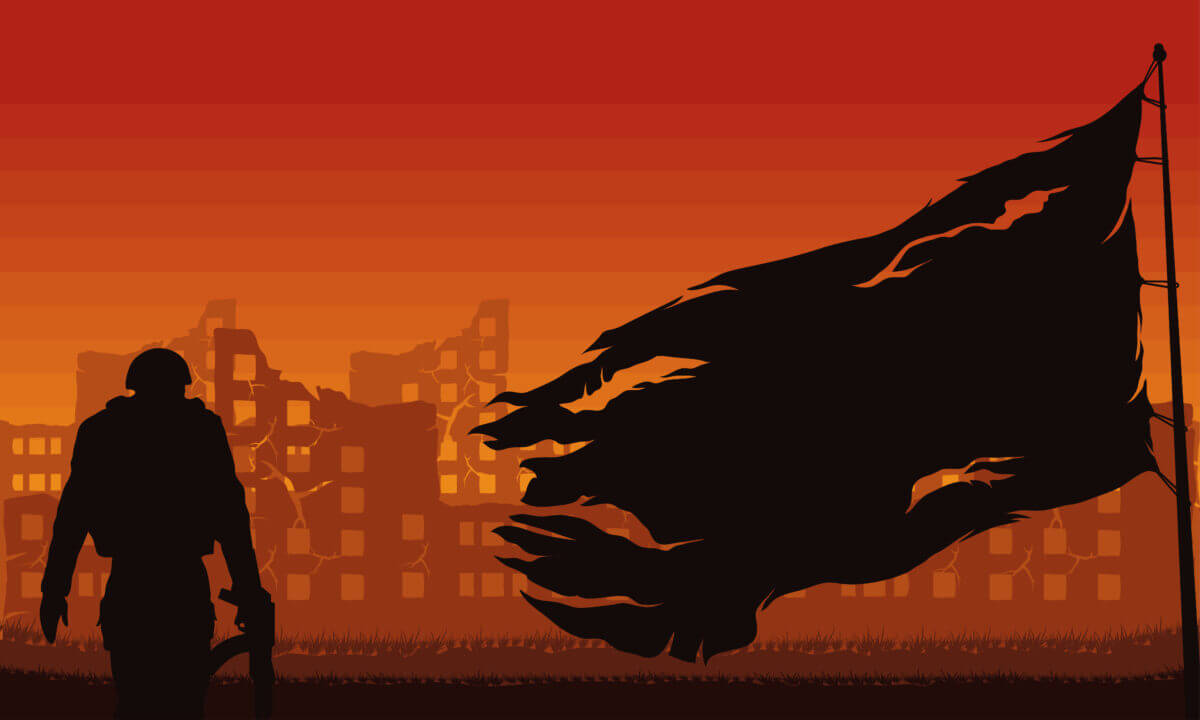Legacy of Victory Day: How 9 May Shaped History
In many parts of the world, 9 May marks a profound day of remembrance and celebration. For millions, it is known simply as Victory Day (День Победы, Den Pobedy in Russian). This iconic day commemorates the Soviet Union’s victory over Nazi Germany in World War II, a victory etched into the collective memory of Russia and many former Soviet republics. People associate this day with reverence, nostalgia, patriotism, and a touch of lighthearted flair. Let’s explore how this remarkable holiday came to be and how it’s celebrated today.
The Historical Context: Wrapping Up a Devastating War
World War II was a catastrophic global conflict that resulted in an estimated 70-85 million deaths, including millions in the Soviet Union alone. For the USSR, it was the “Great Patriotic War,” a struggle that claimed over 27 million lives. The signing of the German Instrument of Surrender late on 8 May 1945 marked an end to European hostilities. However, it was already midnight in Moscow, making 9 May the official day of victory.
This victory was crucially important. The Eastern Front was the deadliest theatre of World War II, with the battles of Stalingrad and Kursk symbolizing the grit and resolve of the Soviet forces. The victory was not just military but symbolic, ending a long and bitter conflict marked by tremendous losses and suffering.
The Birth of Victory Day: A Heroic Beginning
People first celebrated Victory Day on 9 May 1945. Red Square in Moscow hosted a grand celebration featuring a parade and a 30-minute fireworks display. The Soviet government declared it a non-working holiday, encouraging citizens to reflect on the immense sacrifices made during the war. Yet, for nearly two decades, the celebrations remained modest.
In 1947, Victory Day lost its status as a national holiday, becoming just another working day due to the Soviet government’s push for economic recovery. Nonetheless, it remained a day of remembrance in the people’s hearts, who continued to mark it with informal gatherings and quiet moments of reflection.
Soviet Resurgence: Reviving Victory Day in 1965
Victory Day became a major national holiday not until 1965, on the 20th anniversary of victory. Brezhnev’s Soviet Union reintroduced the holiday with full pomp and circumstance and the first Victory Parade since 1945. The new festivities included military parades, concerts, and exhibitions. Soviet propaganda emphasized wartime heroism and patriotism, using Victory Day as a rallying point for national pride and unity.
The resurgence of this celebration marked a significant cultural shift. The Soviet Union used it to reinforce its identity as a heroic nation that triumphed against fascism. This newfound pride and recognition of wartime sacrifices resonated with a public that was still dealing with post-war recovery and the scars of Stalin’s repressive regime.
Victory Day Parades: Tanks and Tributes
One of the hallmarks of Victory Day is the military parade on Red Square. As the nation watches, tanks, missile launchers, and marching troops fill the iconic square. The event isn’t just about flexing military muscle; it’s also a tribute to the veterans. Their presence is a poignant reminder of the human cost of war. Parades aren’t limited to Moscow; dozens of cities across Russia and other post-Soviet states hold their own ceremonies.
Over the years, the parade has evolved into a spectacular event, showcasing Russia’s military might while honouring the memory of those who served. It’s also become a platform for political messaging. In 2020, despite the COVID-19 pandemic, Russia held a grand parade to mark the 75th anniversary of victory, emphasizing national unity and resilience.
The March of the Immortal Regiment: A Living Memory
In recent years, a more personal tribute has gained popularity: the March of the Immortal Regiment. People across Russia and beyond carry photographs of relatives who fought in the war, creating a moving procession that stretches for miles. This grassroots initiative started in Tomsk in 2012 and has since spread worldwide, symbolizing a living memory that keeps the heroes of WWII close.
The Immortal Regiment has grown exponentially, with millions participating annually. It’s not uncommon to see families walking together, holding placards of their ancestors who fought in the war. The initiative has crossed borders, with marches held in the United States, Germany, and Israel, uniting people of different nationalities under a common cause of remembrance.
Victory Day isn’t just about sad remembrance; it’s also a celebration of peace. Concerts are held across the country. Street fairs, food stalls, and historical exhibitions create a festive atmosphere. As night falls, elaborate fireworks light up the sky, illuminating city squares and riverbanks. The grand display in Moscow is the most anticipated, with thousands gathering to watch the show over the Kremlin.
Victory Day Beyond Russia: A Unifying Holiday
While Victory Day is predominantly associated with Russia, it’s celebrated across many former Soviet states and Eastern Europe. Belarus, Ukraine, Kazakhstan, and others have their own traditions. In Israel, home to many WWII veterans, a parade and memorial services are held. Even in Germany, a country that surrendered on this day, ceremonies focus on reconciliation and reflection.
In Kazakhstan, Victory Day celebrations include traditional music, wreath-laying ceremonies, and the distribution of medals to veterans. Ukraine, despite the recent political tensions with Russia, still holds commemorative events. Although the holiday has been renamed the “Day of Remembrance and Reconciliation,” many Ukrainians still recognize 9 May as Victory Day.
Controversies and Modern Context: A Complex Legacy
Victory Day isn’t without its controversies. Critics argue that it has become overly politicized, a tool for bolstering nationalistic fervour and justifying modern military policies. Others point out the lack of inclusivity for non-Russian ethnic groups who also fought bravely in the war. Nevertheless, many Russians view it as an unifying event that transcends politics.
Additionally, historical revisionism and differing interpretations of WWII’s events create tensions. Some countries see 9 May as a day marking Soviet occupation rather than liberation. In the Baltic States, for instance, there’s a divide between those who celebrate Soviet victory and those who mourn the loss of independence after 1945.
Victory Day Symbols: St. George Ribbon and More
Symbols play a significant role in the Victory Day celebrations. People widely wear the St. George ribbon, a black-and-orange striped band representing heroism and courage, as a mark of respect. Veterans often receive the ribbon alongside medals and flowers. Additionally, Soviet-era symbols like the hammer and sickle and the red star still feature prominently, reflecting the nostalgia associated with the holiday.
A newer symbol is the Immortal Regiment’s placards, which transform the streets into rivers of portraits. People of all ages participate, ensuring that the memory of those who fought lives on.
Why 9 May Matters
Victory Day is more than just a public holiday in Russia; it’s a testament to resilience, courage, and collective memory. While it’s rooted in the devastation of WWII, it serves as a beacon of hope and a reminder of the power of unity. The celebrations may evolve over time, but the spirit remains unchanged—a blend of solemn reflection, heartfelt gratitude, and lighthearted joy.
The post Legacy of Victory Day: How 9 May Shaped History appeared first on FinanceBrokerage.

